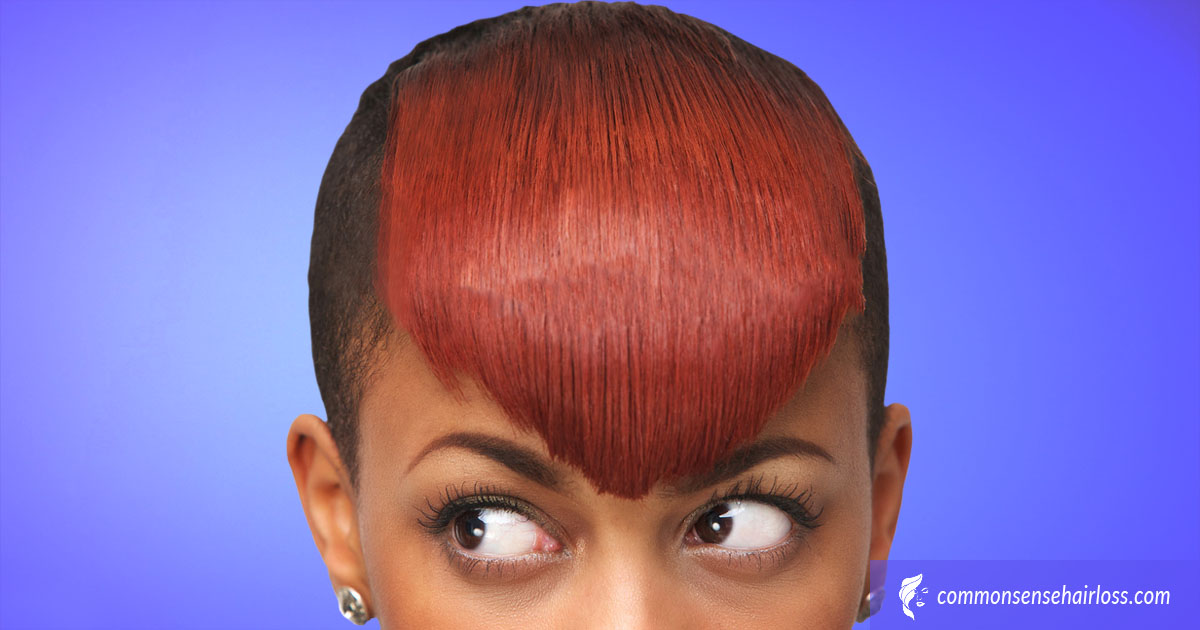Probably the most powerful single thing that makes people look younger these days is hair dye. Not all people can pull it off. But, when it’s done well, it makes a huge difference. Since this treatment has become more common, the incidence of allergies has increased.
Hair dye can either be:
Temporary – That purple hair dye that washes out after one shampoo.
Gradual – Dye such as Grecian that slowly darkens grey hair over weeks.
Semi-permanent – Lasts 6-10 washes. Henna was used by the Egyptians as a semi-permanent hair dye 4000 years ago.
Permanent – Includes peroxide bleaching and organic chemistry dyes. These almost always contain PPD (paraphenylenediamine).
PPD is almost always the cause of a hair dye allergy. Other dyes which begin with “para” can also cause an allergy. Also resorcinol and ammonium persulfate are in some dyes. But PPD is the most common. The incidence of a reaction is said to be one in every 50,000 applications. And this is the reason your package insert tells you to test the dye on a small patch of skin before use.
What can happen?
- A mild itchy rash
- Blisters and weeping sores
- Sun sensitization
- Swelling of the face and eyes
- Difficulty breathing (anaphylaxis)
What to do about it?
Call 911 immediately if there is any difficulty breathing or a feeling of swelling of the mouth or throat. This is an anaphylactic reaction. The same reaction as people who die from a bee sting or peanut allergy.
Wash the dye off. Get rid of it. If possible make up a solution of 150g of salt and 50ml of hydrogen peroxide in a liter of water. Pour it on the hair and neutralize the PPD. If not, use water.
Milder reactions can be treated with a steroid lotion for the rash and antihistamines for the itch. Wear a hat to prevent sunlight aggravating the reaction.
Avoid PPD from now on and try any alternative hair dye on a small patch first. If you had an anaphylactic reaction to the dye, make sure you are close to a hospital or medical clinic before trying any new hair dye.
Allergic reactions to hair dye are not that rare. So, it pays to be aware.
You may also enjoy reading: Dealing With Postpartum Hair Loss





